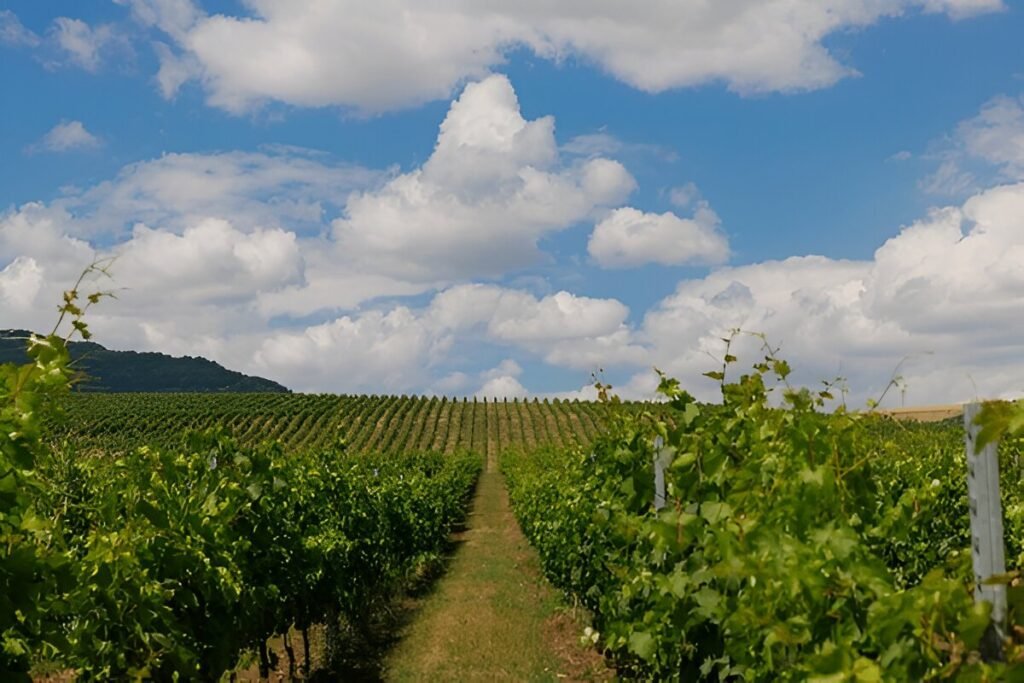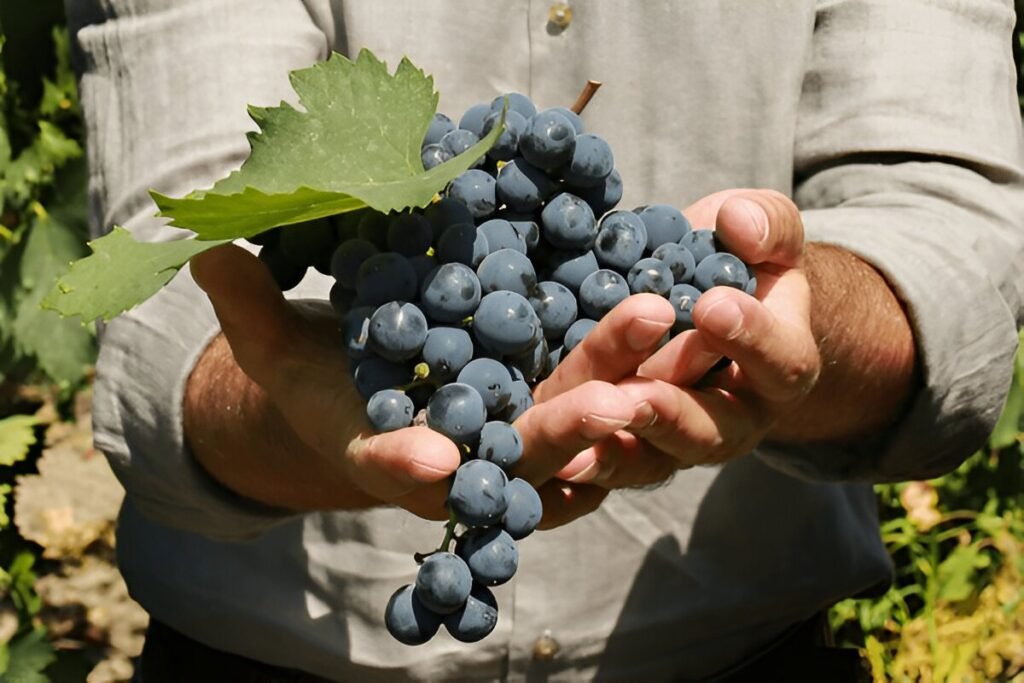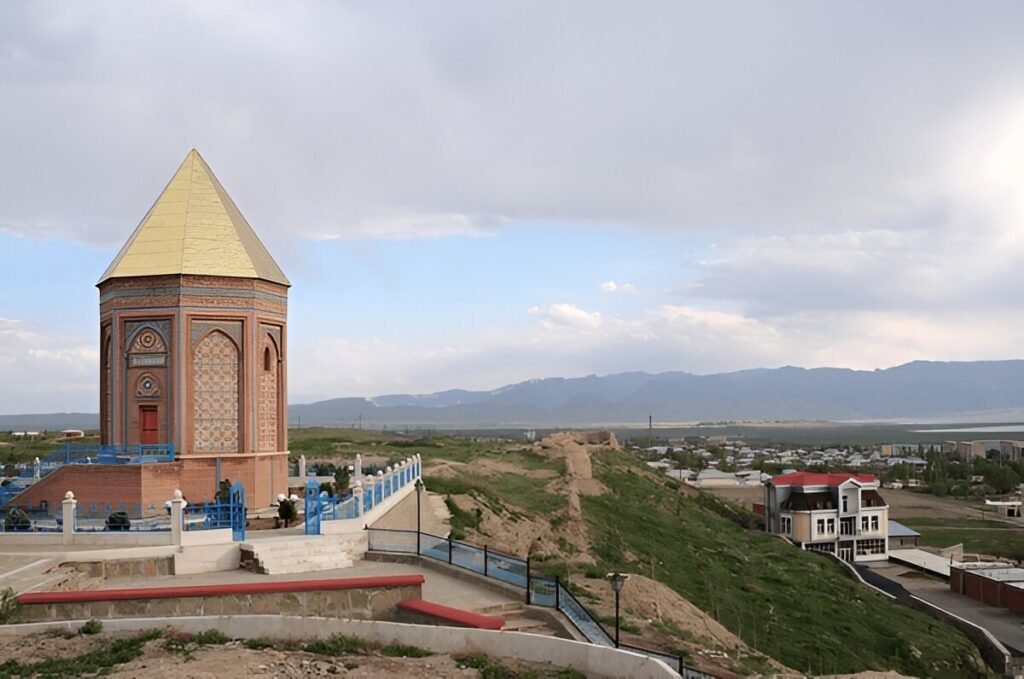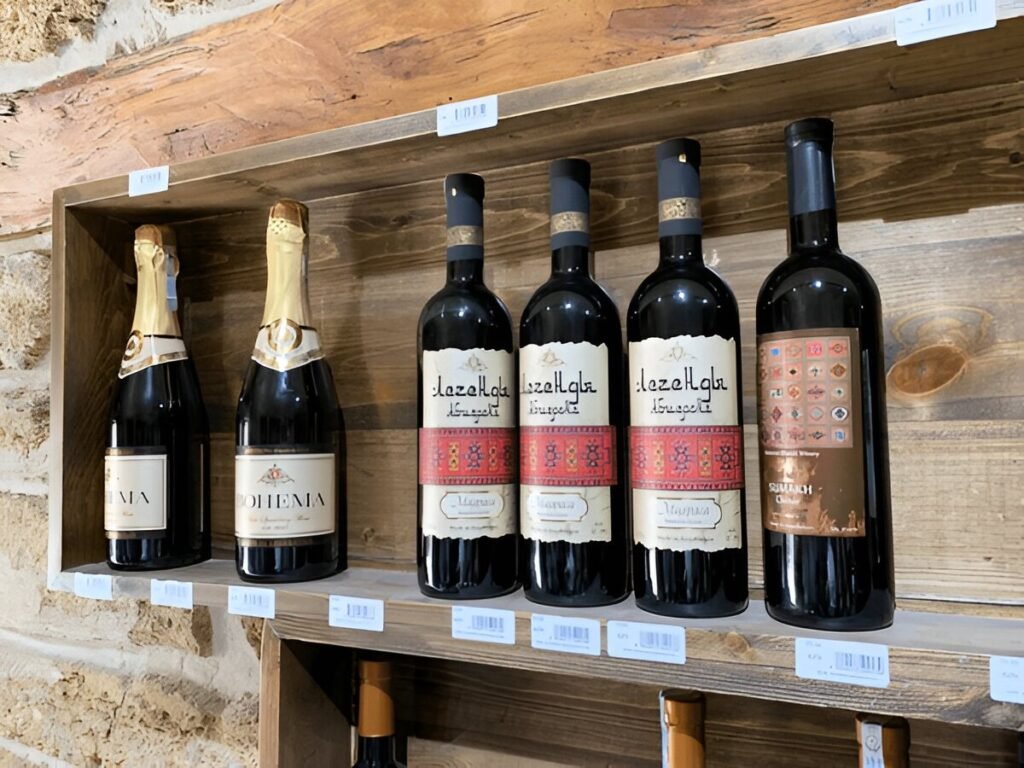Introduction
Azerbaijan is an emerging destination for wine lovers, offering an exciting journey through its rich winemaking heritage. Located at the crossroads of Europe and Asia, Azerbaijan’s winemaking traditions date back over 6,000 years, making it one of the oldest wine-producing regions in the world. Known for its diverse climate and fertile landscapes, Azerbaijan produces a variety of wines, each with its unique character and flavor profile.
A growing interest in viticulture and sustainable tourism has led to the creation of the Azerbaijan Wine Route, a scenic itinerary that takes travelers through picturesque vineyards, charming wineries, and historical towns. Whether you’re an oenophile or just curious about Azerbaijan’s wine culture, this wine route offers a perfect blend of scenic beauty, rich history, and excellent wines.
In this guide, we’ll explore the best regions and wineries along the Azerbaijan Wine Route and suggest a complete itinerary for wine enthusiasts looking to discover the country’s best vintages.
The Origins of Azerbaijani Wine
Wine has deep roots in Azerbaijani history. Archaeological evidence shows that the country’s winemaking tradition dates back to the 5th millennium BC, and ancient vessels and tools have been found throughout the region, hinting at its importance in daily life and rituals. The favorable climate, particularly in regions like Ganja, Tovuz, and Shamakhi, has allowed grape cultivation to flourish.
Azerbaijan’s wine culture blends ancient traditions with modern winemaking techniques, resulting in distinctive wines that reflect the country’s diverse terroirs. The wine route not only offers a taste of these exceptional wines but also an exploration of the culture, people, and history that have shaped this rich heritage.
Best Regions Along the Azerbaijan Wine Route

Azerbaijan’s wine route covers several key regions, each known for its unique terroir and grape varieties. These regions offer a variety of experiences, from visiting family-owned wineries to exploring ancient winemaking traditions.
1. Shamakhi: The Historical Heart of Azerbaijani Winemaking
- Wine Region Overview: Shamakhi, located in the foothills of the Greater Caucasus Mountains, is one of Azerbaijan’s most historic wine regions. Its rich winemaking history dates back thousands of years, and the fertile land here produces high-quality grapes. Shamakhi is known for its Saperavi and Muscadelle varieties, which yield full-bodied red wines and crisp whites.
- Must-See Wineries:
- Shirvan Winery: This winery is famous for its ancient winemaking techniques, where traditional clay vessels (qvevri) are still used to age wine, giving it a distinct taste.
- Marand Winery: Known for its organic farming practices, Marand Winery offers wine tastings and tours of its vineyards.
- What to Do: While in Shamakhi, visit the Juma Mosque and Shamakhi Museum of History and Ethnography, which offers insight into the region’s cultural heritage.
2. Ganja: The Wine Region of Legends

- Wine Region Overview: Ganja, the second-largest city in Azerbaijan, is renowned for its winemaking tradition. Located along the Kura River, the fertile land here is ideal for growing a variety of grapes, particularly Cabernet Sauvignon, Merlot, and the indigenous Khindogni grape. The wines from this region are known for their deep flavors and aromatic profiles.
- Must-See Wineries:
- Ganja Wine Factory: A historic winery that offers a fascinating look into the history of Azerbaijani winemaking, with a focus on traditional and modern winemaking methods.
- Chabiant Winery: This winery combines innovative techniques with traditional methods, producing some of the best wines in the region.
- What to Do: After touring the wineries, explore the city of Ganja, including Javad Khan Street, Ganja Fortress, and the beautiful Juma Mosque.
3. Tovuz: Azerbaijan’s Hidden Wine Gem
- Wine Region Overview: Nestled in the northwestern part of Azerbaijan, Tovuz is a hidden gem for wine lovers. The region’s climate, with long, hot summers and cool nights, is perfect for growing high-quality grapes like Cabernet Franc and Chardonnay. The region is also known for its pristine nature, making it an excellent place to enjoy wine in a picturesque setting.
- Must-See Wineries:
- Tovuz Wines: Known for its modern winemaking techniques, Tovuz Wines produces wines with a bold, full-bodied flavor. Visitors can enjoy wine tastings and stroll through the vineyards with breathtaking mountain views.
- What to Do: Tovuz offers plenty of opportunities for outdoor activities like hiking and nature walks, along with visits to the Goygol Lake and Goygol National Park.
4. Khachmaz and Nabran: Coastal Wine Adventures
- Wine Region Overview: Located along the Caspian Sea, Khachmaz and Nabran are relatively new to Azerbaijan’s wine scene but are quickly gaining recognition. The proximity to the sea provides a unique microclimate that enhances the flavor of the wines. This region is known for its fresh whites, like Rkatsiteli and Saperavi, as well as fruity reds.
- Must-See Wineries:
- Saraba Winery: A family-owned winery in Nabran that focuses on sustainable practices and produces wines that capture the essence of the region.
- Khachmaz Wine Factory: Famous for its innovative approaches to blending local and international grape varieties.
- What to Do: In addition to wine tastings, visitors can enjoy the beautiful beaches of Nabran, indulge in fresh seafood, and explore the nearby Khachmaz District.
A Complete Itinerary for the Azerbaijan Wine Route

If you’re planning to explore the Azerbaijan Wine Route, here’s a suggested itinerary to help you experience the best of the country’s vineyards, wineries, and culture.
Day 1-2: Shamakhi
- Morning: Arrive in Shamakhi and visit the Shirvan Winery for a wine-tasting session and tour.
- Afternoon: Explore Juma Mosque and take a walk around the picturesque countryside, stopping by the Marand Winery for a second tasting.
- Evening: Enjoy a traditional Azerbaijani dinner with local wine at a local restaurant.
Day 3-4: Ganja
- Morning: Travel to Ganja, and begin your wine journey at Ganja Wine Factory, learning about the region’s winemaking techniques.
- Afternoon: Head to Chabiant Winery for a tour and tasting of their latest vintages.
- Evening: Explore the city of Ganja, visit the Juma Mosque, and have dinner with local wine.
Day 5-6: Tovuz
- Morning: Head to Tovuz and visit Tovuz Wines for a private tour of the vineyard and a tasting session.
- Afternoon: Explore the natural beauty of Goygol Lake and Goygol National Park, where you can enjoy hiking and photography.
- Evening: Have dinner at a local restaurant and savor wines from Tovuz.
Day 7: Khachmaz and Nabran
- Morning: Visit Saraba Winery in Nabran for a unique tasting experience with wines produced by the Caspian coast.
- Afternoon: Enjoy a leisurely stroll on the beaches of Nabran and visit the Khachmaz Wine Factory for a final wine-tasting session.
- Evening: Indulge in a seaside dinner with fresh seafood and local wines.
Conclusion
The Azerbaijan Wine Route is a perfect blend of nature, culture, history, and, of course, world-class wines. With its ancient winemaking traditions and modern wineries, Azerbaijan offers wine enthusiasts a unique opportunity to discover wines that have been crafted for millennia. Whether you’re wandering through the lush vineyards of Shamakhi, savoring a glass of wine in Ganja, or exploring the emerging wine scene in Tovuz, the Azerbaijan Wine Route offers an unforgettable experience for all.
So pack your bags, bring your curiosity, and embark on a wine journey through Azerbaijan—the Land of Fire, where the warmth of the people and the depth of the wine will leave a lasting impression.












